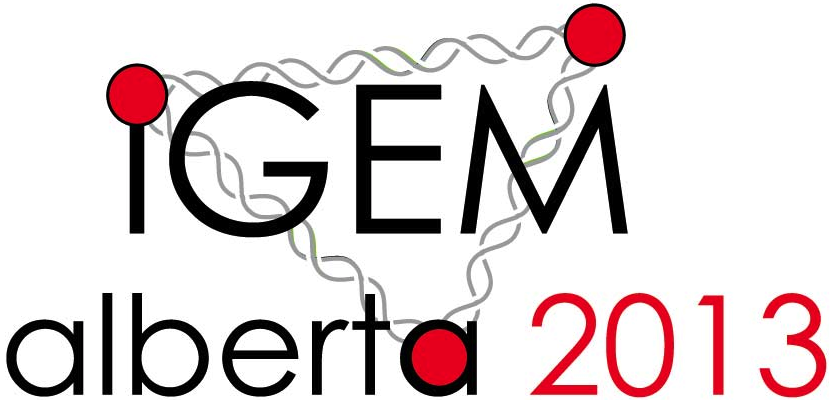Team:Alberta/FAQ
From 2013.igem.org
(Difference between revisions)
| Line 424: | Line 424: | ||
<div class="sidebar"> | <div class="sidebar"> | ||
<div href class="tooltip"><img src="/wiki/images/7/7d/SideChar.png"></img> | <div href class="tooltip"><img src="/wiki/images/7/7d/SideChar.png"></img> | ||
| - | <span class="saying">Welcome to the Team Alberta Wiki! | + | <!--span class="saying">Welcome to the Team Alberta Wiki! |
<div id="box" style="width: 450px; padding: 5px; border: 3px solid #000; background-color: #000000;"> | <div id="box" style="width: 450px; padding: 5px; border: 3px solid #000; background-color: #000000;"> | ||
<div id="template" style="text-align: center; font-weight: bold; font-size: large; color: #f6f6f6; padding: 5px;"> | <div id="template" style="text-align: center; font-weight: bold; font-size: large; color: #f6f6f6; padding: 5px;"> | ||
| Line 430: | Line 430: | ||
</div> | </div> | ||
</div> | </div> | ||
| - | </span> | + | </span--> |
</div> | </div> | ||
</div> | </div> | ||
Revision as of 03:03, 28 September 2013
FAQ
Doesn’t E. coli cause food poisoning? If E. coli is so dangerous, why are they being used in labs?
- Normal E. coli colonize the lower intestine of humans, while producing Vitamin K and protecting infection from other harmful bacteria.
- Only some strains of E. coli cause food poisoning, but our group is using a harmless, nonpathogenic strain. This train is engineered to contain mutations that would not allow the E. coli to survive outside the lab without particular nutrients.
- E. coli provides a well-studied and well-known model system to test and troubleshoot new trials on.
Reference: http://www.ncbi.nlm.nih.gov/pmc/articles/PMC1728375/
What if plasmids containing antibiotic resistance genes were released into the environment despite precautions?
- These genes are used in synthetic biology as selection tools.
- There are lower chances of gene uptake by wild bacteria compared to lab-strain bacteria which have perforated membranes.
- In the case that wild bacteria did uptake the antibiotic resistance gene, that gene would eventually be lost in the population without exposure to the antibiotic, because it is then a disadvantage for the bacteria to carry the unused plasmids. (Evidence observed in past with the decline of specific antibiotic resistance after the human population limited that antibiotic).
 "
"



